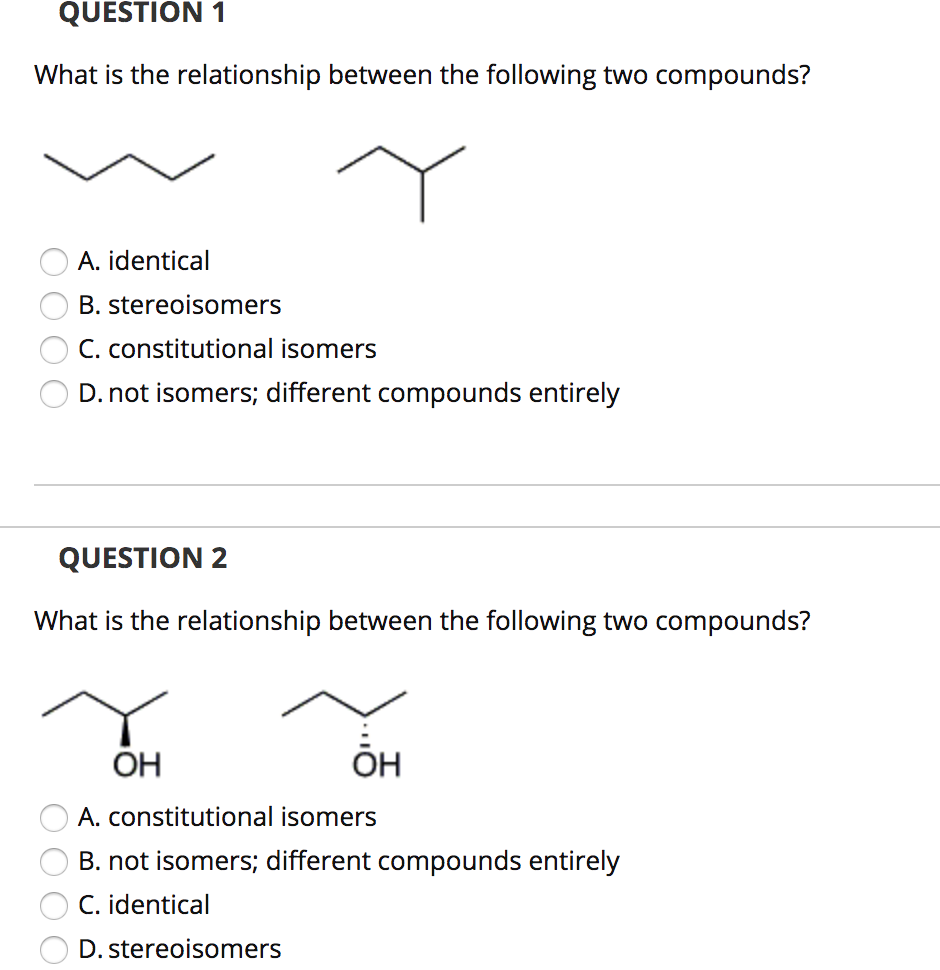
The relationship between different compounds can vary depending on the context. Compounds are molecules that are composed of two or more elements. Compounds can be either organic or inorganic. Organic compounds are those that contain carbon, while inorganic compounds are those that do not contain carbon.
What Is a Chemical Compound?
A chemical compound is a combination of two or more elements that are chemically joined together. The elements in a compound are held together by chemical bonds, which are forces that hold the atoms of the elements together. Chemical compounds can be classified as organic or inorganic. Organic compounds contain carbon, while inorganic compounds do not.
What Is the Difference Between Organic and Inorganic Compounds?
Organic compounds are those that contain carbon and are typically found in living organisms. Examples include proteins, carbohydrates, fats, and nucleic acids. Inorganic compounds are those that do not contain carbon and are typically found in the environment, such as the atmosphere and oceans. Examples include water, salt, and acids.
What Is the Relationship Between Acids and Bases?
Acids and bases are two types of compounds that have an opposite effect when they come into contact with each other. Acids are compounds that have a high concentration of hydrogen ions, while bases are compounds that have a high concentration of hydroxide ions. When acids and bases come into contact with each other, they will neutralize each other, resulting in a neutral solution.
What Is the Relationship Between Salts and Acids?
Salts are compounds that are formed when an acid and a base react together. The acid donates hydrogen ions to the base, which then form a salt. Salts are typically composed of positive and negative ions, which are held together by an ionic bond. Salts can be soluble in water, meaning that they can dissolve in it, or insoluble, meaning that they cannot dissolve in it.
What Is the Relationship Between Alcohols and Carboxylic Acids?
Alcohols and carboxylic acids are organic compounds that have the same carbon skeleton, but differ in the way that their atoms are arranged. Alcohols are compounds that have a hydroxyl group (-OH) attached to a carbon atom, while carboxylic acids are compounds that have a carboxyl group (-COOH) attached to a carbon atom. The relationship between alcohols and carboxylic acids is that they can be converted into each other through a process known as esterification.
People Also Ask
What Is the Relationship Between Hydrocarbons and Alkanes?
Hydrocarbons are organic compounds that contain only carbon and hydrogen atoms. Alkanes are a type of hydrocarbons that contain only single bonds between the atoms, and they are the simplest hydrocarbons. The relationship between hydrocarbons and alkanes is that all alkanes are hydrocarbons, but not all hydrocarbons are alkanes.
What Is the Relationship Between Amines and Amides?
Amines are organic compounds that contain nitrogen atoms. Amides are organic compounds that contain nitrogen atoms and carbonyl groups. The relationship between amines and amides is that amines can be converted into amides through a process known as amide synthesis.
What Is the Relationship Between Carbohydrates and Lipids?
Carbohydrates are organic compounds that contain carbon, hydrogen, and oxygen atoms. Lipids are organic compounds that contain fatty acids, which are composed of carbon, hydrogen, and oxygen atoms. The relationship between carbohydrates and lipids is that both are composed of the same elements, but in different proportions.
What Is the Relationship Between Polymers and Monomers?
Polymers are large molecules that are composed of many smaller molecules, called monomers. Monomers are small molecules that can be linked together to form larger molecules. The relationship between polymers and monomers is that polymers are formed by the combination of multiple monomers.
The relationship between different compounds can vary depending on the context. Compounds can be classified as organic or inorganic, acids and bases, salts and acids, alcohols and carboxylic acids, hydrocarbons and alkanes, amines and amides, carbohydrates and lipids, and polymers and monomers. Understanding these relationships can help to provide insight into the structure and behavior of different compounds.